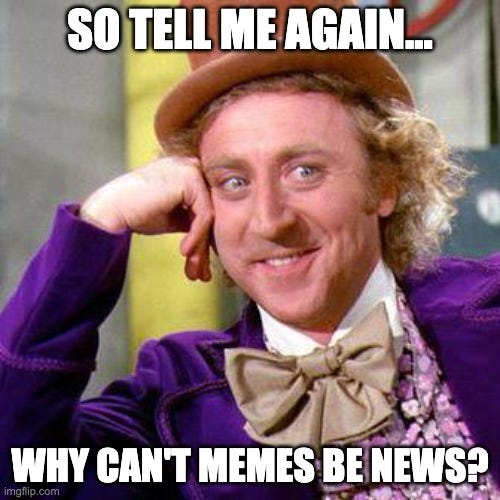Data Journalism
Agenda
1
Narratives and practices
2
Genre
3
A New Tool
Narratives and practices
Most our readings for today came from the
A super useful resource
What makes data journalism different to the rest of journalism? Perhaps it is the new possibilities that open up when you combine the traditional ‘nose for news’ and ability to tell a compelling story, with the sheer scale and range of digital information now available.
Ways of communicating data: Narrate
Use ratios instead of percents
Counts of 10 (6 of 10, 4 of 10)
If a ratio doesn’t make sense, round (There’s 287,401 people in Lincoln, according to the Census Bureau. It’s easier, and no less accurate, to say there’s more than 287,000 people in Lincoln)
Ways of communicating data: Narrate
But more important is the prinicple that we need to give numbers meaning:
Give context (more or less than usual?)
Manageable quantities
Ways of communicating data: Socialize
Can also leverage social dynamics
quizzes,
sharing,
competition,
etc..
Ways of communicating data: Humanize
Ways of communicating data: Personalize
Online formats allow uber personalization of data stories
Can also invite users to make their own decisions
Ways of communicating data: Utilize
Create “tools” based on the data:
- calculators
- GPS tools
- “you draw it”
- etc…
Essentially the “interactives” we’ve referenced before
Story forms
Genre
Genre
“Genre represents an unspoken agreement between the [creator] and the reader about what to expect… [they] also influence what is included in or excluded from a story… a hard news story will not contain comments by the author.”
- Broersma (2008)
News Story Formats
Online Genres
Online forms have given rise to genres are being defined by users

Examples of Genres
Listicles
Twitter threads
Instagram “stories”
Memes
Explainers
podcasts
Longform
YouTube-native (unboxing, walkthroughs)
Livestreams
Thinking about genre: Scrollytelling
New tool
Shorthand
There are a number of apps that can build “scrollytelling” and other interactives, most are paid
Shorthand is fun and lets you create a story for free
Practice
Sign up for Shorthand, create a new story and select the “infographics” template
What elements of the genre does this template include?

Econ 255 - Data Storytelling